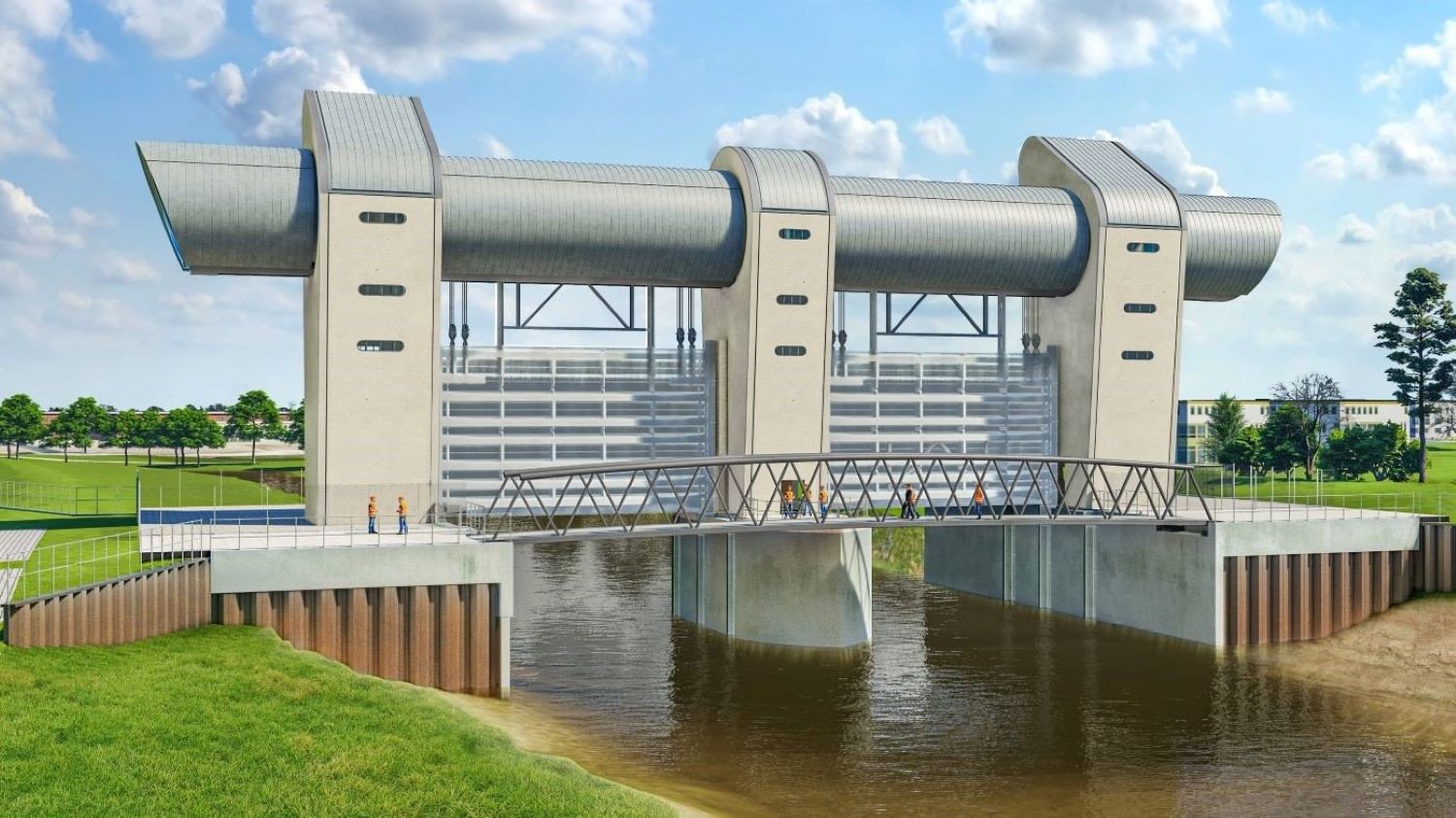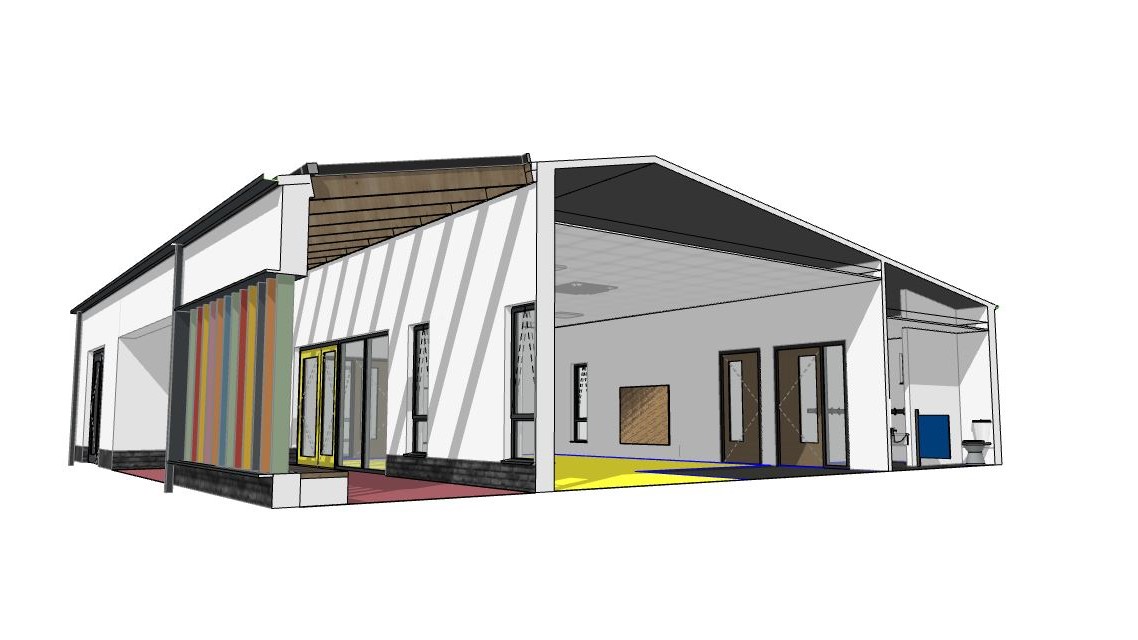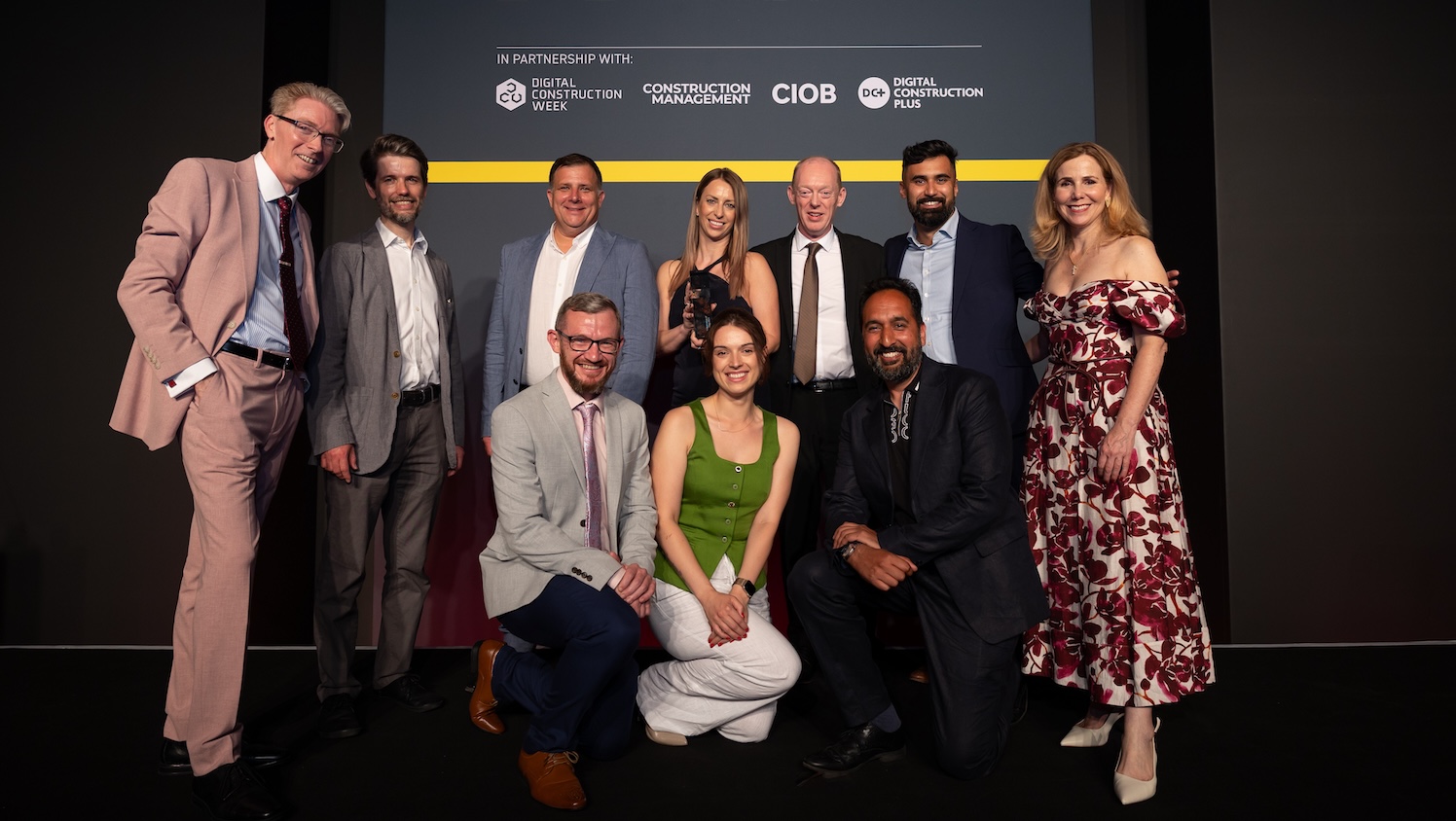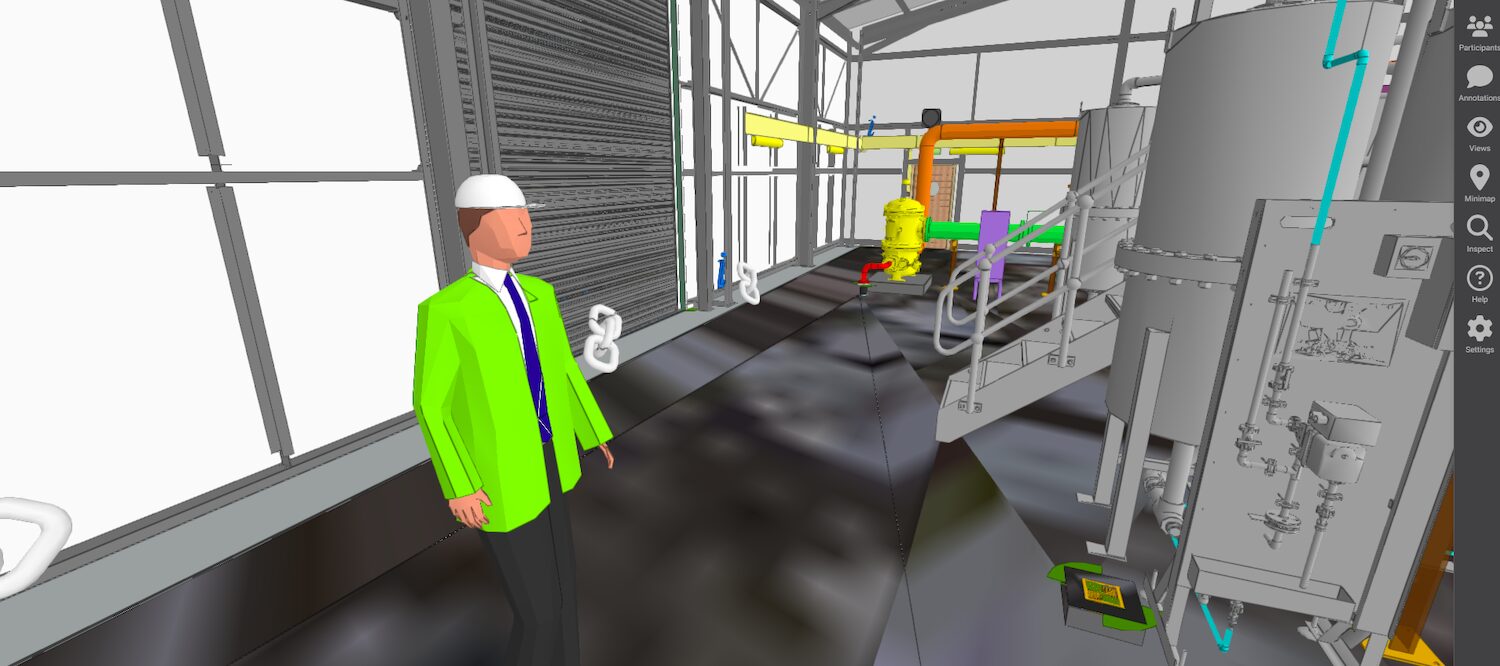
A solution for structural steel reuse
The RESTOR project excited the judges with its potential for facilitating the reuse of steel sections – and won the Delivering Sustainability with Digital Innovation category at the Digital Construction Awards 2025.
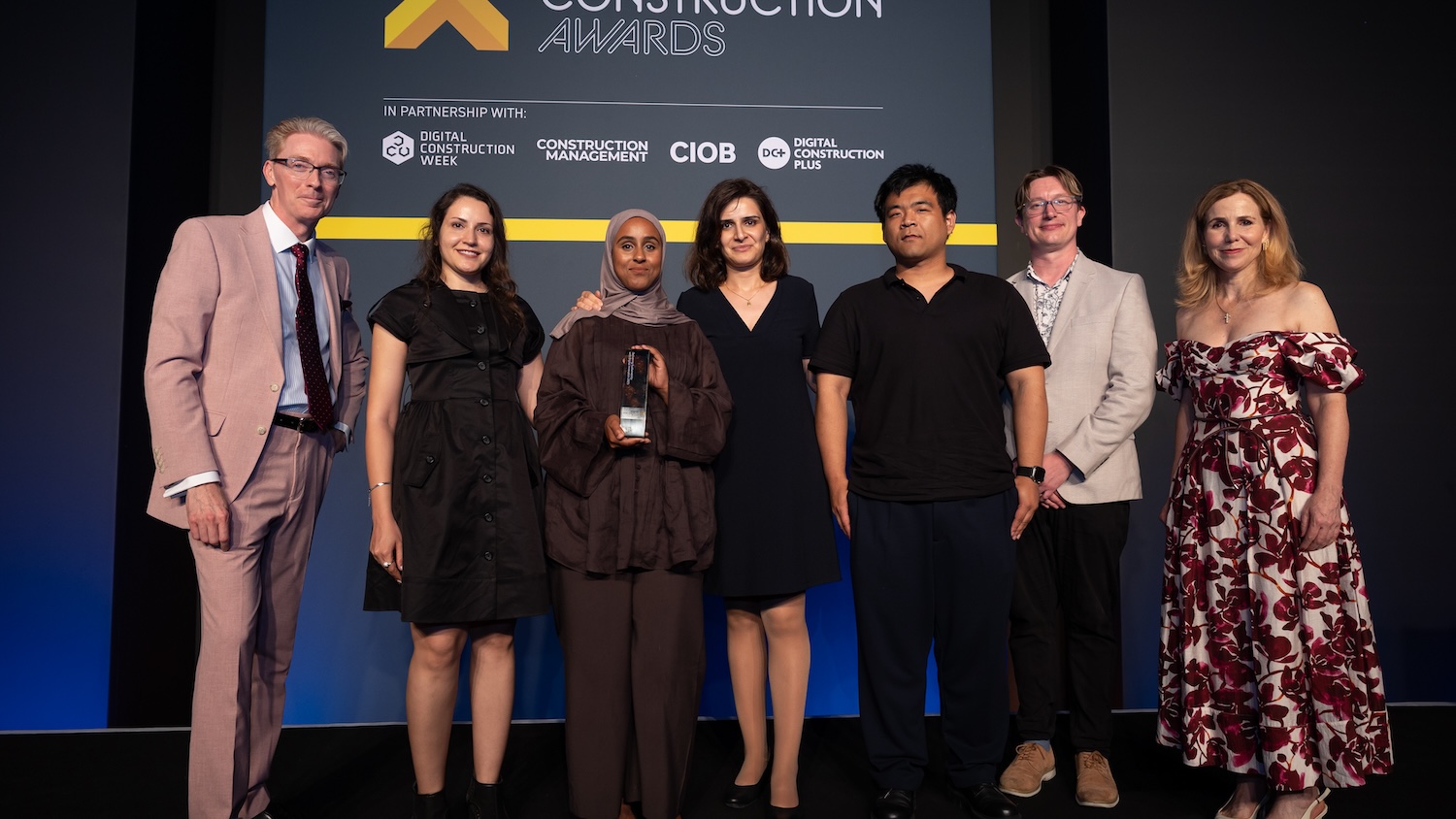
www.ASVphotos.com)
Structural steel is a cornerstone of UK construction, yet only 15% is reused at the end of its lifecycle, with the rest undergoing energy-intensive recycling. The RESTOR project, led by the University of Birmingham and the University of Cambridge, with Chetwoods Architects acting as sector advisor, set out to embed circular economy principles into the construction industry by addressing barriers to large-scale steel reuse.
RESTOR’s challenge was to create a scalable, digital-first framework to overcome technical, logistical and cultural barriers around reused steel – chiefly, a lack of confidence in repurposed material, no standardised data on its properties, and no digital infrastructure to support its integration into new builds. Collaborators included architecture firm Chetwoods and reused steel supplier Cleveland Steel, ensuring cross-sector input from design through to supply chain.
What the judges said
“A set of tools that are very much needed to ensure the reuse of steel sections. This solution solves two of the core problems with steel sections reuse: one, you don’t know what the reuse structural capacity will be; and two, it’s almost impossible to find a suitable project that would take that exact section at that (or similar) length. A great project.”
RESTOR’s core solution is a web-based generative design tool, built using non-destructive testing (NDT), machine learning and BIM.
Used steel members are scanned and digitally modelled to create digital twins, which are then assessed for structural integrity. This data feeds a machine-learning algorithm that predicts performance and suitability for reuse.
Engineers can access a digital warehouse of steel elements via a parametric interface, selecting and reconfiguring materials to fit project requirements from the early design stages.
The RESTOR tool enables structural engineers to embed reused steel into live projects, streamlining both procurement and design. It also enhances collaboration across stakeholders by unifying data and decision-making within a single platform.
RESTOR’s approach avoids the inefficiencies of manual reuse workflows and embeds reuse at the design stage, not post-specification.
Other finalists
Baytree Nuneaton Digital Strategy | Chetwoods Architects
Bridgwater Tidal Barrier | AtkinsRéalis/Environment Agency
Project Costa, Old Paradise Street | SustainiQ/Gilbert-Ash
Smart Massing Tool | Eckersley O’Callaghan
The benefits are significant. RESTOR projects a rise in steel reuse from 15% to 50%, dramatically reducing the need for virgin steel and its associated emissions.
The digital approach also lowers procurement costs, accelerates programme timelines, and supports UK net zero targets. The tool’s adaptability allows it to scale across projects and disciplines, with future potential for use in repurposing façade and other building components.
RESTOR represents a step-change in digital construction: a technically robust, collaborative and scalable solution that shows sustainability and innovation can be embedded in tandem.
The Digital Construction Awards are organised by Digital Construction Week, the Chartered Institute of Building, Construction Management and DC+. To find out more about the Awards and enquire about sponsorship or entering next year’s event, visit digitalconstructionawards.co.uk.
Generative artificial intelligence was used to help with the creation of this article. All content in the article was sourced, checked and verified by our editorial team before publication.
Keep up to date with DC+: sign up for the midweek newsletter.
